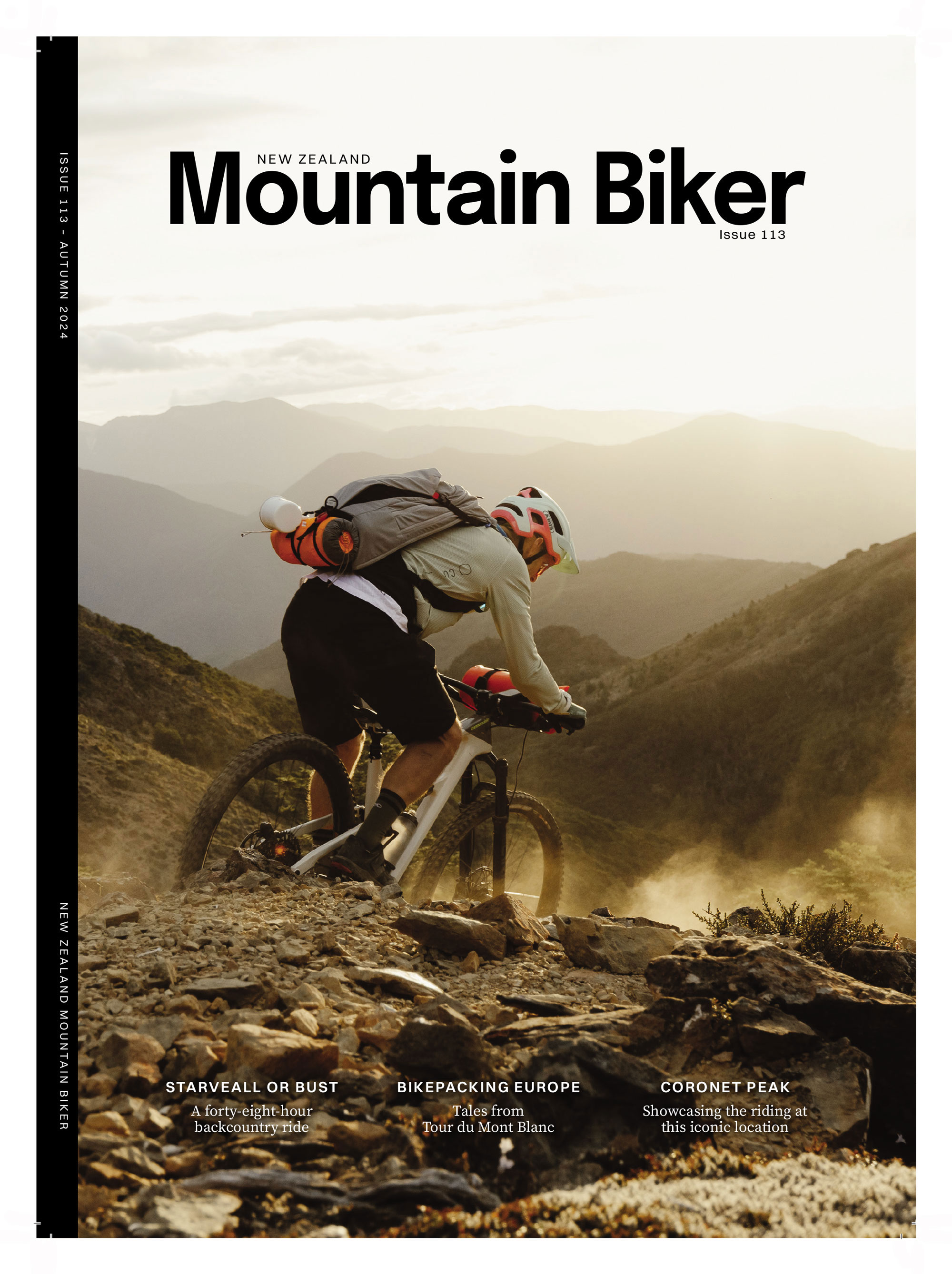Words Lester Perry
Images Cameron Mackenzie
Crankworx Rotorua is turning ten! Ten years is somewhat of a monument and, like a child, it’s grown, learned to tie its shoes and get its own breakfast.
It’s gone from battling to educate people as to what it even is, the scale of what the organisation wanted to do, and of course finding funding and people to help along the journey, to now being a large-scale event that’s attracting high-profile riders from around the globe, and providing a stepping stone to the big time for young locals looking to kickstart their careers. Things have changed in a decade, but the underlying ethos of the event remains the same.
We caught up with Crankworx Rotorua Event Director, Ariki Tibble (aka Ari), for a look behind the curtain at how Crankworx first established itself, and some of the challenges they’ve faced on the path to reaching the ten-year milestone.
“One of the real big challenges early on was explaining to people that we weren’t trying to do a little brother or little sister version of Whistler. We wanted to do something that was unique, of the same scale, same calibre of athletes, same calibre of media, same calibre of global production,” explains Ari. “That was what we were trying to convince people of, but we had nothing to show for it. We had no imagery. If you look at some of the old promotional images of video, it’d be a cut of Whistler, and then it’d be switched to a cut of a kid and a parent pedalling around a grade three trail, and then we’d cut to an epic jump at Whistler, and then back to a person walking through the Whakarewarewa forest or going down a waterfall on the river. We had no imagery at all! We kind of bluffed our way through that first six months.”
Crankworx has surfed a wave of adversity on an almost yearly basis to pull off the event. “A lot of things have come up over the years that have been out of our control, whether it’s weather conditions or the Covid global pandemic. In every situation we’ve been through, it’s been a case of just focusing on what we can control and not losing sleep over the things we can’t, and seeing where our footsteps take us. So that’s been a real point of pride, that we’ve been able to keep everybody working together. It’s been tough on everyone, but we’re coming out the other side and it still feels like we’ve got something to offer.”
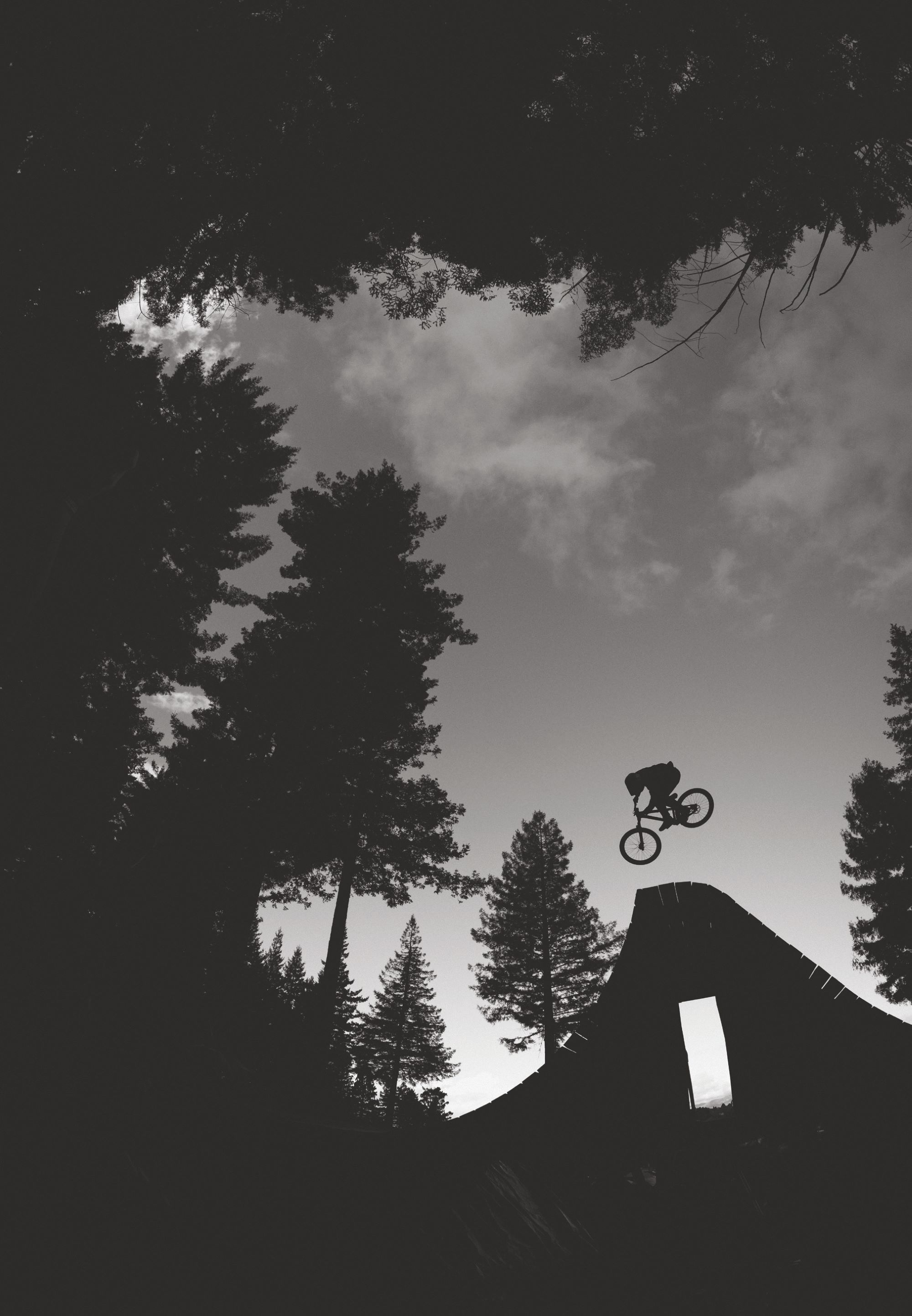
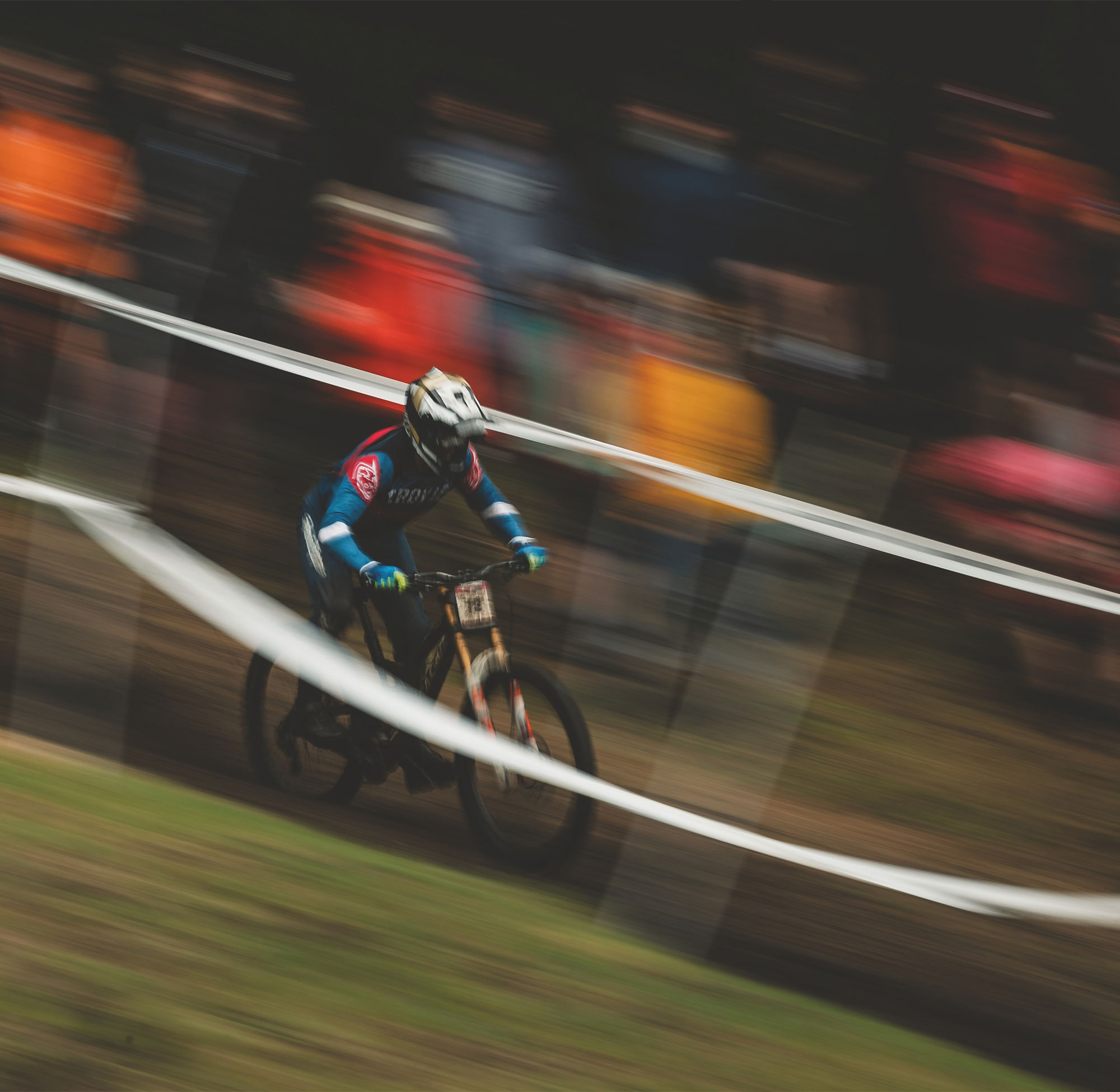
For a large chunk of the year, there’s only a very small handful of people working on this, and then by the time the event rolls, we’ve got 50 in the management team; we’ve got 150-plus in the event crew. We’ve got 300 volunteers, sponsors, media, and then a huge number of stakeholders as well.
Over the decade the face of media has changed significantly. Until the Covid pandemic hit, hundreds of international media were flocking to the event, reporting out around the globe. Post-pandemic, mainstream media outlets have struggled, and the number of visiting reporters has declined. “People are spending less resources travelling, and hiring more NZ locals to get stories. The other thing I’ve seen, is the rise of social media over that period of time as well, where you’ve got athletes who have now got reach that exceeds what a bunch of publications might have had in 2015. From an organisational perspective, that’s been a big change,” says Ari.
While the media around it has changed, so has the sport of mountain biking itself. The Crankworx festival has grown at a similar trajectory to the sport in New Zealand. Sure, there are some ebbs-and-flows, but the growth of the festival and rider numbers locally is ever increasing. “It’s been interesting to see the evolution of mountain biking in New Zealand, through the number of related businesses operating, the number of NZ athletes that are doing awesome at all levels, and the number of other epic bike events around the country.”
As Crankworx has grown and evolved over its ten years, so has the team that pulls it all together. “Each year, I’m proud of the way the team and the community come together as the event builds. For a large chunk of the year, there’s only a very small handful of people working on this, and then by the time the event rolls, we’ve got 50 in the management team; we’ve got 150-plus in the event crew. We’ve got 300 volunteers, sponsors, media, and then a huge number of stakeholders as well. And it’s like you’re trying to scaffold one big brain together to get it to work with some degree of harmoniousness. The fundamentals are the same as any event that you run, whether it’s 50 people turning up or thousands – the volume of connections required – it’s like making one big brain, and then you pull the whole brain together again within about a week after the event, the whole thing, every neuron just detaches. So, yeah, the proud part is when we get a brain that feels like it’s working the way it should – that’s epic.”
The opportunity to compete in your own backyard, against some of the sport’s biggest names, is something only a small percentage of riders around the world get to do.
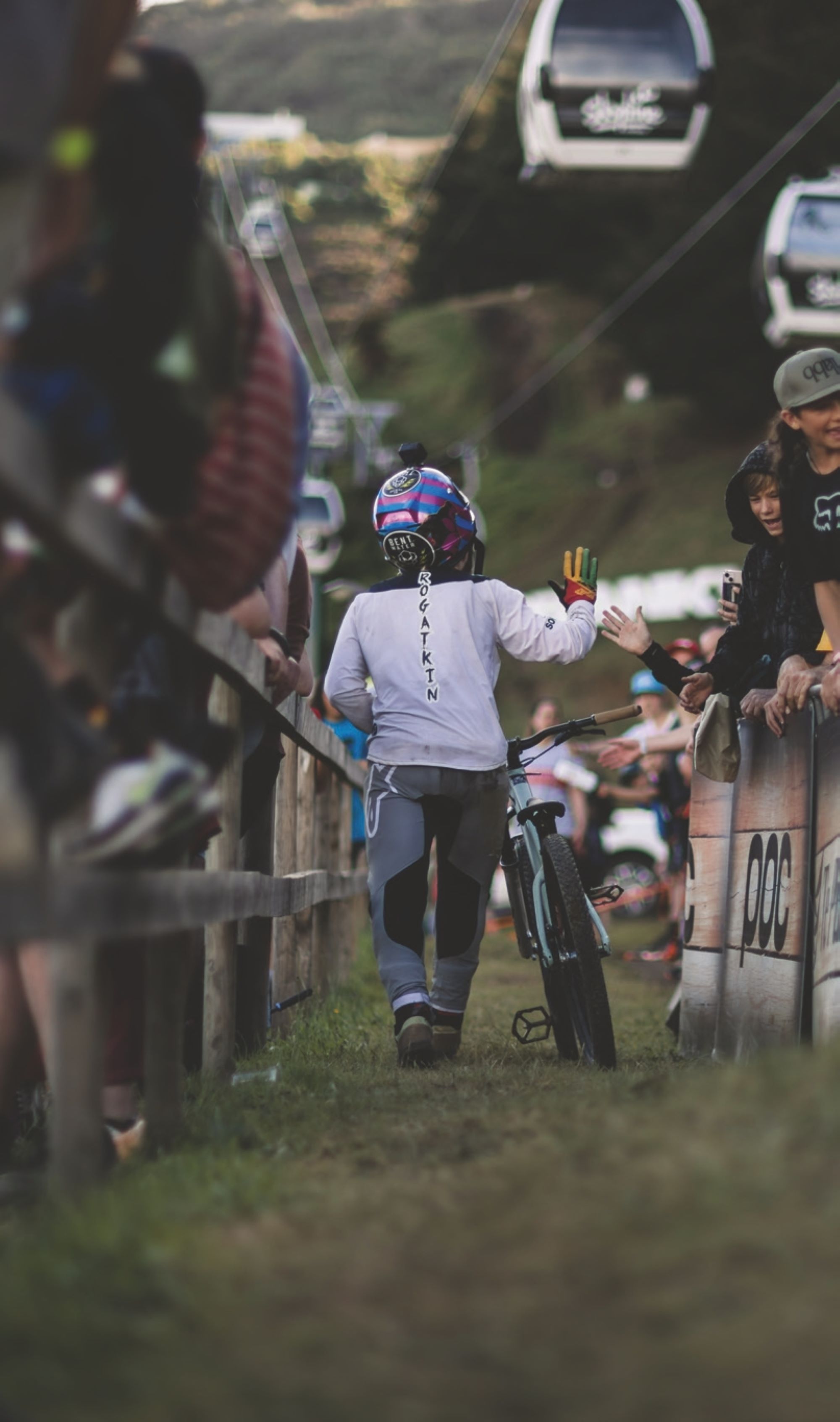
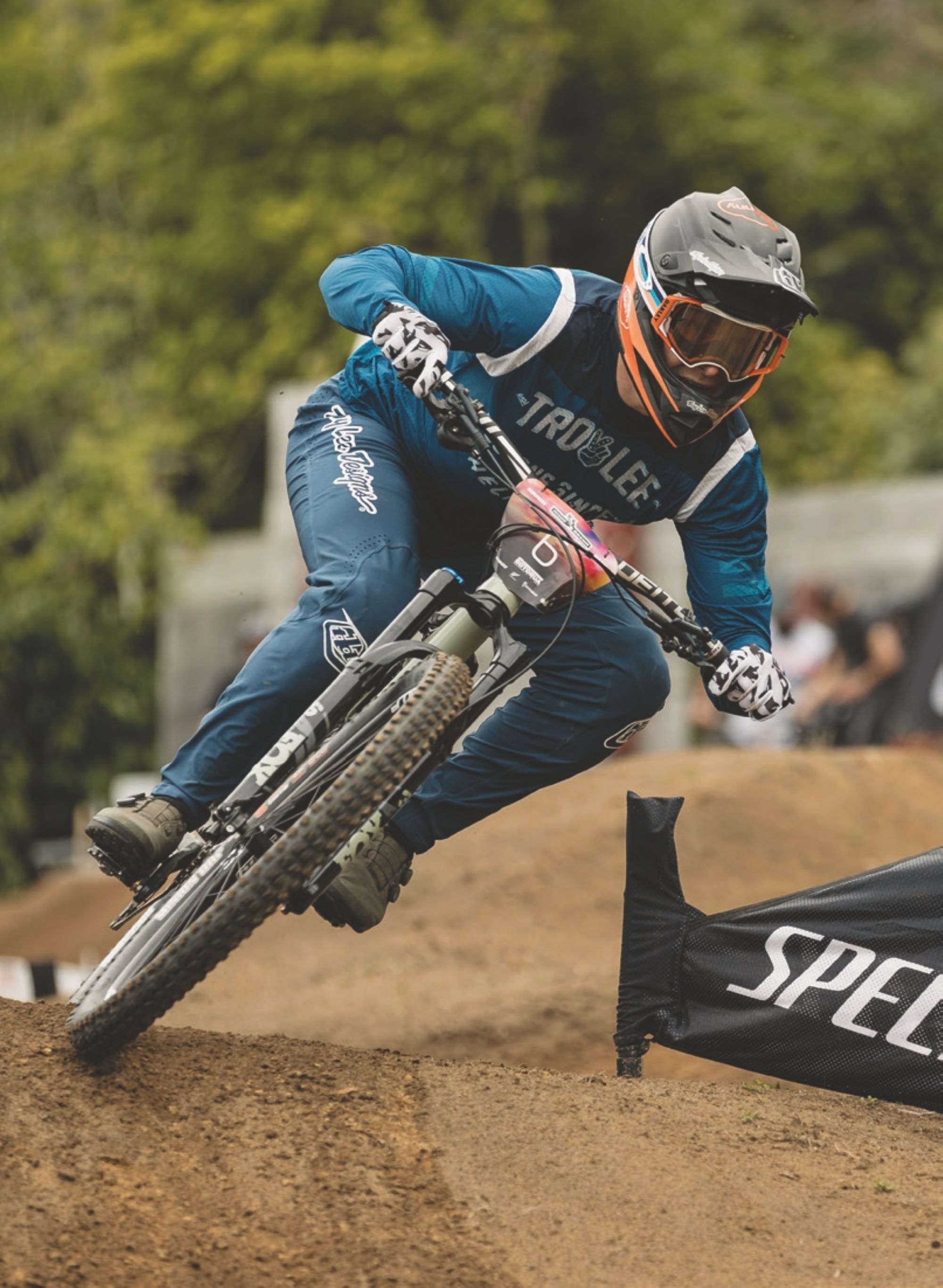
In many ways, Crankworx has become an annual barometer or yardstick for local athletes who’ve grown up around the event, many growing from initially racing in the Kidsworx events, or watching on the sidelines, to competing against their heroes.
In many ways, Crankworx has become an annual barometer or yardstick for local athletes who’ve grown up around the event, many growing from initially racing in the Kidsworx events, or watching on the sidelines, to competing against their heroes. The opportunity to compete in your own backyard, against some of the sport’s biggest names, is something only a small percentage of riders around the world get to do. Alongside the experience gained racing against these internationals, the exposure riders get to such a huge audience, and simply competing in the pressure cooker environment, helps give them a leg up, instead of starting at zero when they eventually head off shore to compete in someone else’s backyard.
For 2024, the North Island Schools MTB Champs will run within the festival. Previously having the NZ Schools MTB Champs running alongside the festival in 2017 and 2018 and seeing a three-fold increase in competitor numbers year on year, the team were keen to involve the future of the sport once again. “Unfortunately for us, the National Schools Champs has moved towards the end of the year, but this has meant we’ve been able to partner with Rotorua Mountain Bike Club, Cycling New Zealand Schools and Mountain Bike New Zealand, to get the North Island Schools Champs back once again for the 10th anniversary. I feel like it’s going to be such a good competition,” says Ari. “I just can’t wait to get the schools back involved. Every student who competes gets tickets to the rest of the event as well. So they can go up and check out the other young people their age competing in the CWNEXT categories, or in some cases, knocking on that elite door. It’s just such a vibrant, cool community in the school space. I can’t wait for that!”
Ten years also brings the introduction of the first ever official Crankworx Women’s Slopestyle Event. Progress of the sport over the last couple of years has been rapid, with women eager to up their game and be represented on the biggest stage. “It’s been a really long, slow build, and it’s taken a long time to get to this point. It started with things like equal prize money back in 2015. Then we actually did a women’s speed-and- style event a few years ago. Sometimes it’s the right idea, but not quite the right time. It can be a bit of an art to pick the right moment, but it’s definitely felt like the ground’s been swelling towards this moment for a while. When the Slopestyle course was redeveloped in 2021, part of the brief was with this in mind. Hopefully it sets a new bar, and then we watch the tide rise.”
